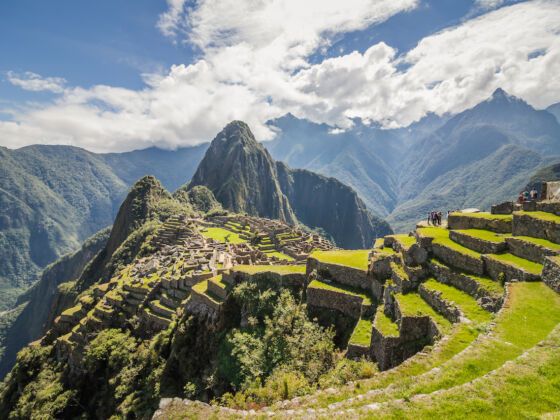LATE THIS PAST JANUARY, the Peruvian department of Cuzco, home to the Incan ruins of Machu Picchu, was hit with some major rainfall.
Roads throughout the region were washed away, as was much of the railway track between Cuzco and MP. The town of Aguas Calientes (Machu Picchu Pueblo) was torn apart by the normally calm stream that runs through its center.
